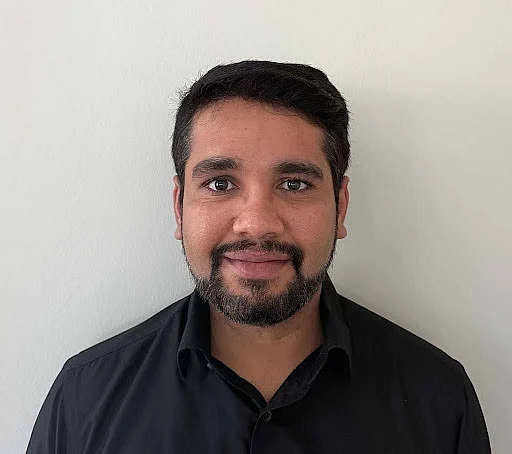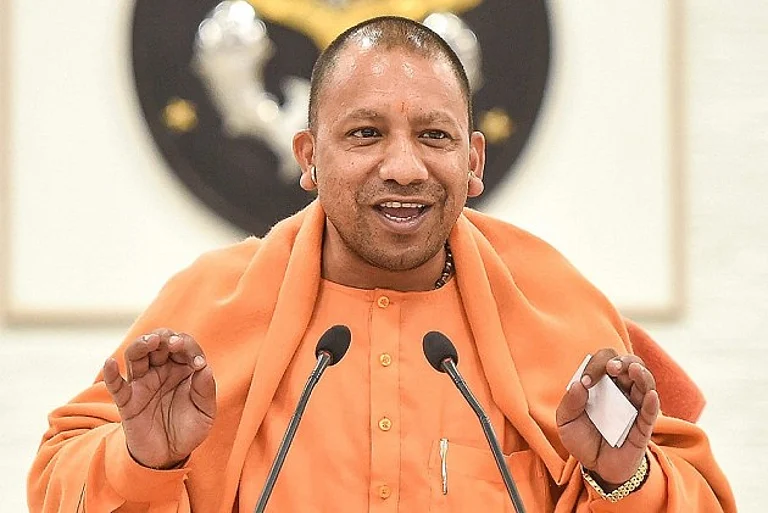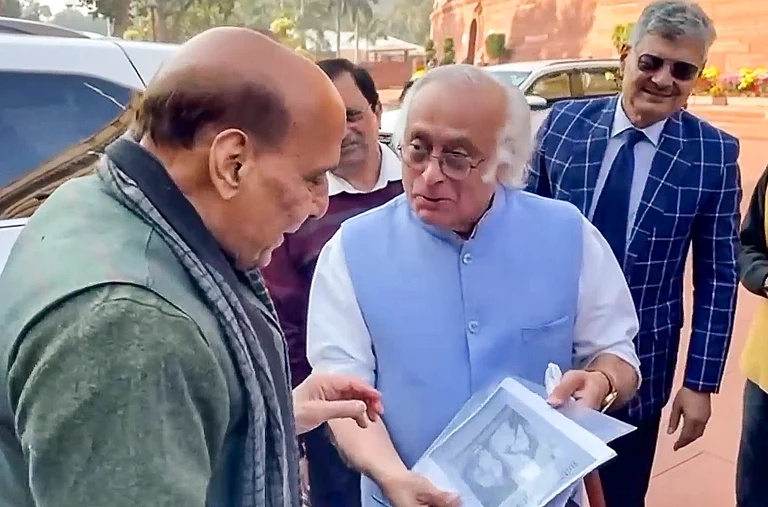In today's high-tech manufacturing world of rapid-fire assembly lines, the need for strong, lightweight, environmentally friendly materials continues to escalate. But the dilemmas are numerous: how do you make composites adhere consistently under stress, or incorporate recycled polymers without compromising quality? These challenges can result in delays, increased cost, and failure in high-risk applications where tolerances are critical. Step in Kunal Patel, mechanical manufacturing engineer with more than nine years of hands-on experience in manufacturing operations, process development, troubleshooting, and managing high-risk projects. With a Master's in Mechanical Engineering from Texas A&M University-Kingsville and a Bachelor's degree from Gujarat Technological University, he has knowledge in areas such as extrusion, 3D printing, and quality control to address these problems head-on.
Kunal Patel knows his way around advanced manufacturing. He’s tackled projects in aerospace, defense, satellite systems, and high-reliability electronics—so, not exactly the easy stuff. Kunal earned his Master’s in Mechanical Engineering at Texas A&M University–Kingsville. That background gave him a solid grip on materials science, thermoplastics, composite fabrication, and all the details that go into precision manufacturing.
For almost ten years, he’s taken the lead on nearly all of his organization’s toughest, high-stakes programs—about 90% of them, actually. These aren’t small jobs, either. We’re talking multi-million-dollar U.S. Department of Defense work, with all the strict AS9100, IPC, and ITAR compliance requirements baked in. He’s known for delivering rock-solid, reliable processes that just don’t fail.
When it comes to technical know-how, Kunal’s got depth. He’s worked with advanced DOE modeling, multivariate process characterization, equipment qualification (IQ/OQ/PQ), and he actually writes the validation protocols himself. He’s also into SPC-driven optimization, using control charts, capability studies, and real-time sensor data to keep things sharp. He’s built new workflows for fabrication, finding ways to fine-tune thermal profiles, gas flow, and micro-scale material deposition. On top of that, he’s led R&D on special processes, pulling in FMEA, fault-tree analysis, and inline metrology to tighten up the process windows even further.
He’s big on data, too. Kunal set up improvements that boosted Cp and Cpk scores where it really counts, improved takt time on equipment, stabilized yields, and cut cycle times by automating recipes and closing feedback loops. People notice. He’s picked up the Ideal Student Award, several technical excellence recognitions, and even landed in Marquis Who’s Who.
Through mentoring others, leading cross-functional teams, and sticking to first-principles innovation, Kunal’s helped make manufacturing more reliable and resilient—especially in sectors that matter for national security and the next wave of engineering.
One of the biggest issues the industry has to deal with is inconsistency in 3D printing and extrusion thermoplastic composites. Materials are susceptible to poor adhesion between reinforcement and base, resulting in subpar mechanical properties and defects such as die swell, which balloon waste and extend prototyping for custom components. Current solutions involve simple parameter adjustments and standard testing procedures, but these shortchange reinforced systems. In response, investigations into building reinforced thermoplastic filaments for use in FDM-type 3D printers transformed the industry. By combining the addition of ABS and blending in E-type fiberglass of varied lengths and adding fiber sizing for improved adhesion, the process produced filaments that performed exceptionally well in tensile tests according to ASTM D638. Dog-bone-shaped samples, created through aluminum molds, showed improved mechanical properties, confirmed through resin burnout testing and microscopy. This not only suppressed die swell through optimized extrusion parameters but allowed for successful printing on an FDM ROBO 3D R1 plus printer, paving the way for more consistent additive manufacturing across industries.
"I've always thought that every challenge can be solved, but it's a matter of finding the most efficient way to get there," says Patel of the trial-and-error spirit that fuels such advances.
Such an attitude has implications for sustainability, another manufacturing challenge. Recycling polymers in extrusion has a tendency to produce variable quality, increased scrap rates, and environmental strain due to waste. Conventional approaches such as Lean manufacturing and Kaizen optimize processes, but must be modified for recycled materials. Solutions here consisted of optimizing extrusion process parameters such as polymer composition and recycled component addition to deliver uniform PVC tubing and injection-molded components such as PCB studs, wire holders, and automotive parts. Utilizing tools such as Six Sigma, 5S, Pareto charts, SPC, and DOE led to continuous improvement, monitoring trends in data, and bottom-up feedback from teams. The payoff? Reduced defects, lower expense, and a smaller ecological footprint, demonstrating how optimized processes can facilitate sustainable manufacturing without sacrificing yield.
Hard-to-process materials pose another challenge, particularly in defense and satellite technology where specialized requirements call for zero-margin accuracy. Conventional processes fail with these, risking errors that can scuttle projects. Risk reviews and cause-and-effect analyses are in place as buffers, but they have to be creatively adapted. A model R&D project for a premier research center dealt with special processes using new recipes, never utilized in the field before. With meticulous planning, prototype testing, and contingency measures, it avoided catastrophic breakdowns, delivering on time. This effort, with trial-and-error with foresight, broke paradigms by demonstrating that limited resources could still deliver error-free output, eventually becoming a support to key product developments with far-reaching industry ripples.
Signature projects such as CAD design of pressure vessel assemblies including optimization calculations, test validation, and CNC programming further demonstrate practical impacts. The projects validated SPC data for guaranteed manufacturing, enabling fail-safe solutions in improving durability and efficiency. Another project incorporated 4th and 5th axes on a 3-axis CNC engraving machine through a job-holding device, AutoCAD-designed and built for full-surface coverage on small jobs, improving capacity in precision fabrication.
Achievements from these initiatives shine in statistics: a 5X productivity increase over time through workflow analysis and equipment enhancement, substantial cost reductions from lower turnaround times, and process capability improvement through Cp and Cpk indices. Quality tools like CAPA, first article reports to AS9102, CMM dimensions, and AQL inspections resolved customer complaints in a timely manner, maintaining IPC standards and improving reliability for mission-critical use. Published thesis on filament development available via ProQuest serves as a touchstone for advancing material science, while mentorship—through training production staff in Lean tools and mentoring undergraduates in 3D printing, vacuum bagging, and sheet metal fabrication—builds a trained workforce able to adjust to industry change.
"Real innovation is not accomplished in isolation; it is accomplished by learning from others and pushing boundaries together," Patel points out, underscoring the collaborative aspect of these achievements.
Certifications further validate this foundation: AutoCAD, Creo Parametric, SolidWorks, Lean Six Sigma Green Belt Training, ISO 9001:2015 QMS, and EHS – OSHA Safety Pro on Deadly Concrete Dust Crystalline Silica ensure safe work, accurate work. Awardees, like the Ideal Student Award for two years in a row and a Certificate of Excellence in Prakarsh'12, demonstrate the commitment behind these accomplishments.
In the future, the focus is placed on technology advancements, including commissioning new machinery and refining SOPs for application across the company, to ensure high ROI and address future trends in materials in composites and thermoplastics. Focusing on trained teams and thinking ahead in procedures, these programs aim to make industries resilient to future pressures, manufacturing not only efficient but strong and sustainable in the long term.


























